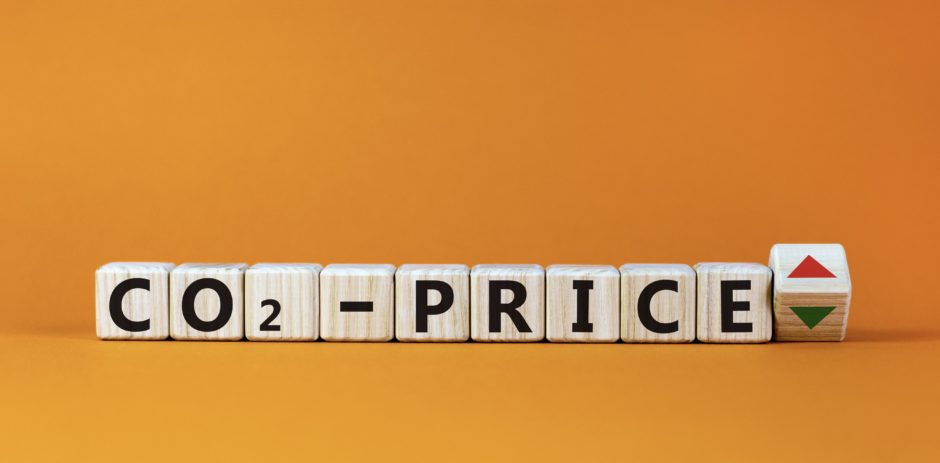
Investors are in the dark about the financial implications of emissions from Woodside Petroleum’s proposed Scarborough liquefied natural gas (LNG) development at the North West Shelf offshore Western Australia, according to the Institute for Energy Economics and Financial Analysis (IEEFA)
Woodside has yet to release its carbon price sensitivity modelling, finds a new report by Sydney-based analysts at IEEFA. With the Australian Stock Exchange (ASX) enforcing continuous disclosure provisions, gas companies must release modelling on carbon price sensitivity, said the IEEFA.
IEEFA analyst Bruce Robertson said that gas companies, such as Woodside, must be pushed by the ASX into disclosure of their modelling. Anglo-Australian giant BHP also owns a share of the Scarborough project.
“Carbon pricing is inevitable in Australia,” said Robertson.
Significantly, “we now live in a world where globally all of Australia’s major LNG trading partners including China, Japan and South Korea, plus the US and Europe have net zero commitments,” said IEEFA.
“Carbon tariffs are being introduced by the European Union in 2023 and the US is looking at similar mechanisms.”
The EU is planning a carbon border tax which would require global exporters to the EU – the world’s biggest trading bloc – to pay the tax or introduce their own carbon fees at home.
By revealing the cost of emissions, a carbon price favours investment in low-carbon technologies, added Robertson.
“Woodside knows this and would have modelled Scarborough under different carbon price assumptions,” he said.
“Until that modelling is released, investors cannot fully appraise the financial implications of pushing ahead with the proposed high cost Scarborough gas field,” said Robertson.
Still “even without that modelling, Woodside’s Scarborough gas project is already high-cost.
“Low cost expansion projects in Qatar are bringing on gas at under half Scarborough’s costs,” IEEFA reported.
Scarborough contains very dry gas requiring expensive deep water horizontal drilling, reducing the economics of the project.
The Pluto expansion project utilising gas piped from Scarborough, will produce very expensive liquefied natural gas (LNG) at over $9 per one thousand British thermal units (MMBtu) delivered to Asia, according to energy research company Wood Mackenzie.
Robertson said that with Qatar Petroleum planning to significantly reduce greenhouse gas emissions from its LNG plants and upstream operations by 2025 and 2030, it is even more imperative the modelling that materially affects the financial future of Woodside is released.
“Qatar is a very low cost producer and can comfortably afford to employ greenhouse gas emission reductions while cutting the price of LNG.
Meanwhile, the financial implications of Woodside’s emissions are unknown.
“This increasing competition from Qatar puts even greater pressure on the economics of the Scarborough gas field and Pluto LNG expansion.
“Woodside is keeping its investors in the dark regarding the financial effects of its greenhouse emissions. It should be compelled to publish its financial modelling,” said IEEFA.
Read IEEFA’s full report: There Are Two Elephants in the LNG Room – Emissions and Qatar Are Neglected Risk Factors in Woodside’s Scarborough Project
Recommended for you

